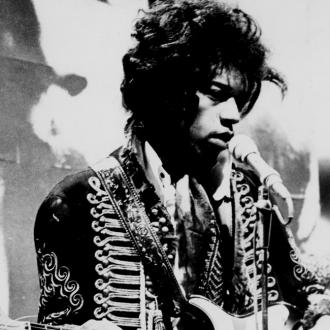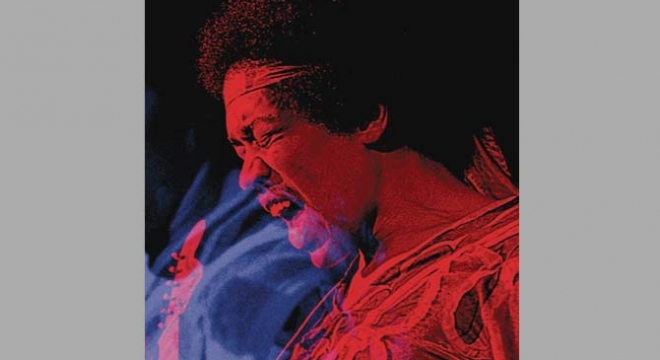Review of People, Hell & Angels Album by Jimi Hendrix
Let's get this out of the way straight out of the gate: People, Hell & Angels is by no means essential Hendrix, neither is it a cynical cash in. It's certainly one of the better posthumous releases to bear Jimi's name, but, ultimately, it is little more than a curio. While the seeds of the planned double album follow up to Electric Ladyland can undoubtedly be found here; as an album in its own right, People, Hell & Angels was always going to struggle to not be a patchwork of half finished ideas.

The biggest consideration should actually be that Hendrix didn't intend for these 12 recordings to be heard. That's probably part of the reason as to why he owned the master recordings in an effort to develop the material without pressure from record company bosses to meet a deadline. While the utmost care and attention has been put into polishing these songs for release - and the sound quality is surprisingly good - this isn't the powerhouse Hendrix that you'd be expecting. Instead, co-producer Eddie Kramer has admirably rescued a number of songs and jams complete with mostly finished vocal performances that demonstrate a more relaxed blues style than much of Jimi's other work.
The two-standout tracks are opener 'Earth Blues' and 'Izabella'. The former is a funky and seemingly almost finished composition that has echoes of 'Crosstown Traffic' in its lead guitar performance. The latter is a markedly different take on a previously issued song that would have been central to Hendrix's next album (he'd already earmarked the lyric "here come the rays of the rising sun" as the inspiration for the title of that record). Lead single 'Somewhere' is also notable for its impressive and signature guitar solos, but it rarely elevates itself to the quite the crescendo that you'd hope for.
People, Hell & Angels is primarily collated from material recorded throughout 1969. While there's very little thematically that pulls this collection together, there are some interesting trends as to how Jimi was writing these songs. The first is the inclusion of different musicians such as Stephen Stills' appearance on 'Somewhere' or Lonnie Youngblood's saxophone on 'Let Me Move You'. The second thing that's striking about the material here is that Hendrix was seemingly searching for a new sound. The tracks recorded that summer like 'Hey Gypsy Boy' and the instrumental 'Villanova Junction' seem more melancholy than much of his other work for example.
So while there's nothing wrong with the track selection or restoration of the songs on People, Hell & Angels, it seems rather superfluous to what Hendrix had already given us. It makes perfect sense that the Experience Hendrix project would want to present these recordings in the best possible way for fans to see behind the curtain and to get a better perspective on what could have been. However, there's precious little to take away for anyone that isn't a devotee (and they've probably heard inferior bootlegs of some of this material before anyway). Despite its ambitions to be something more, People, Hell & Angels is an enjoyable footnote, rather than the final chapter, in Hendrix's story.
Jim Pusey
Official Site - http://www.jimihendrix.com









